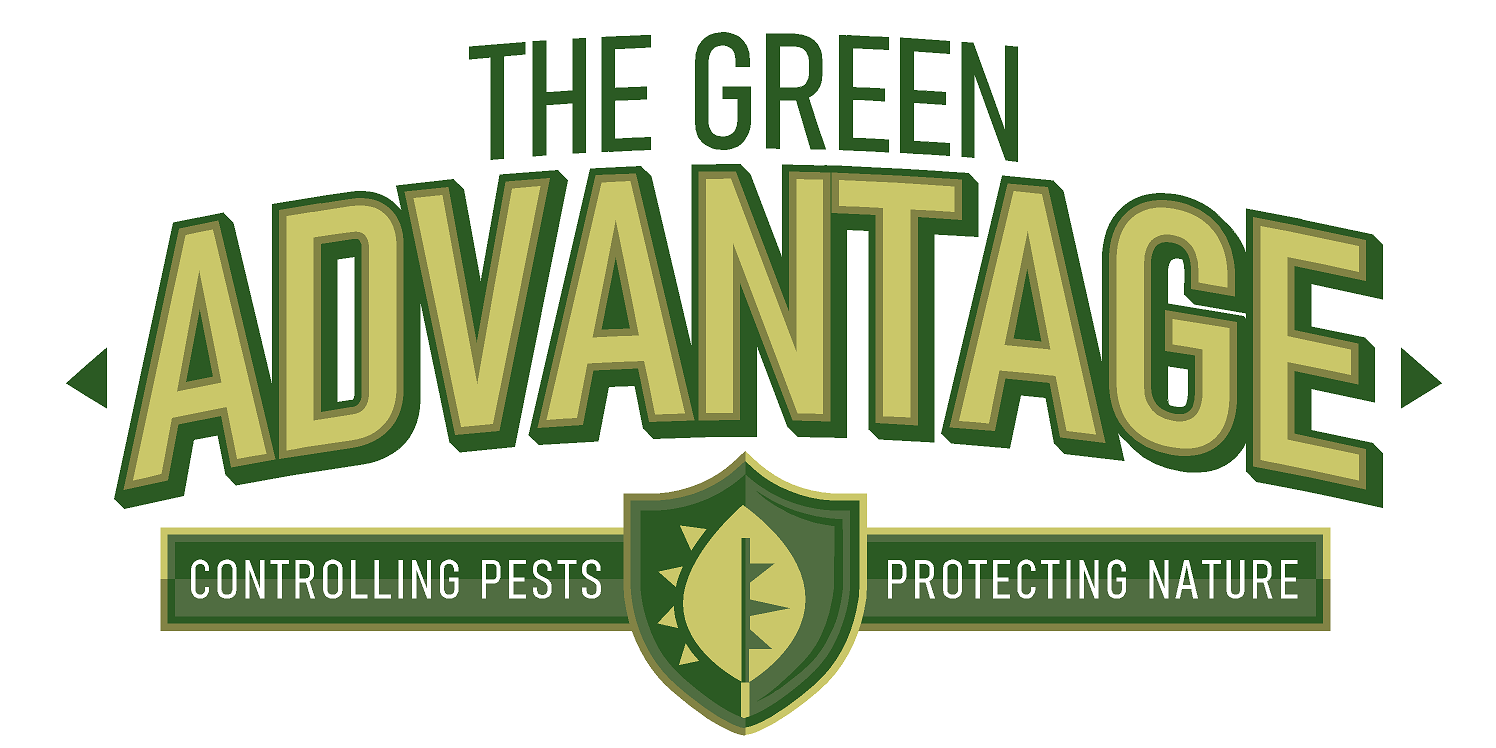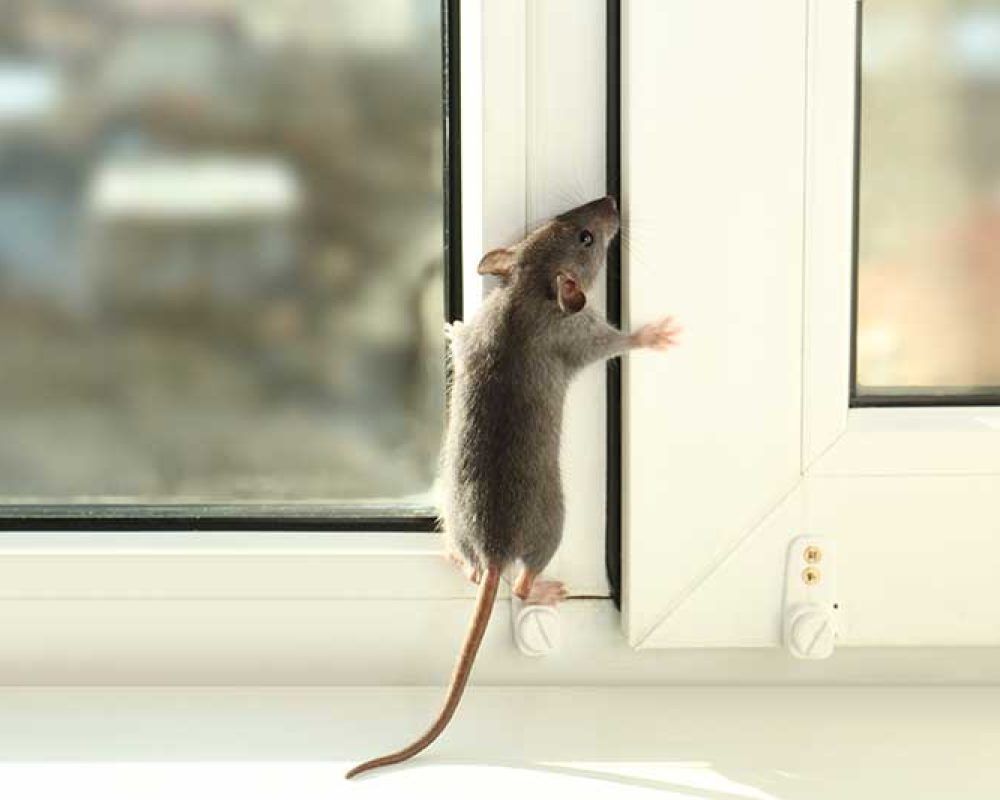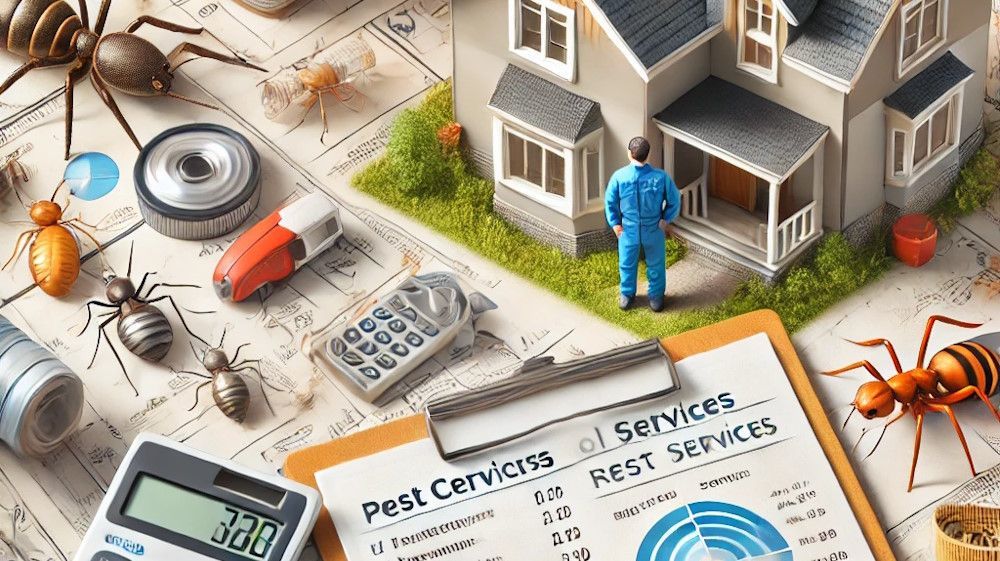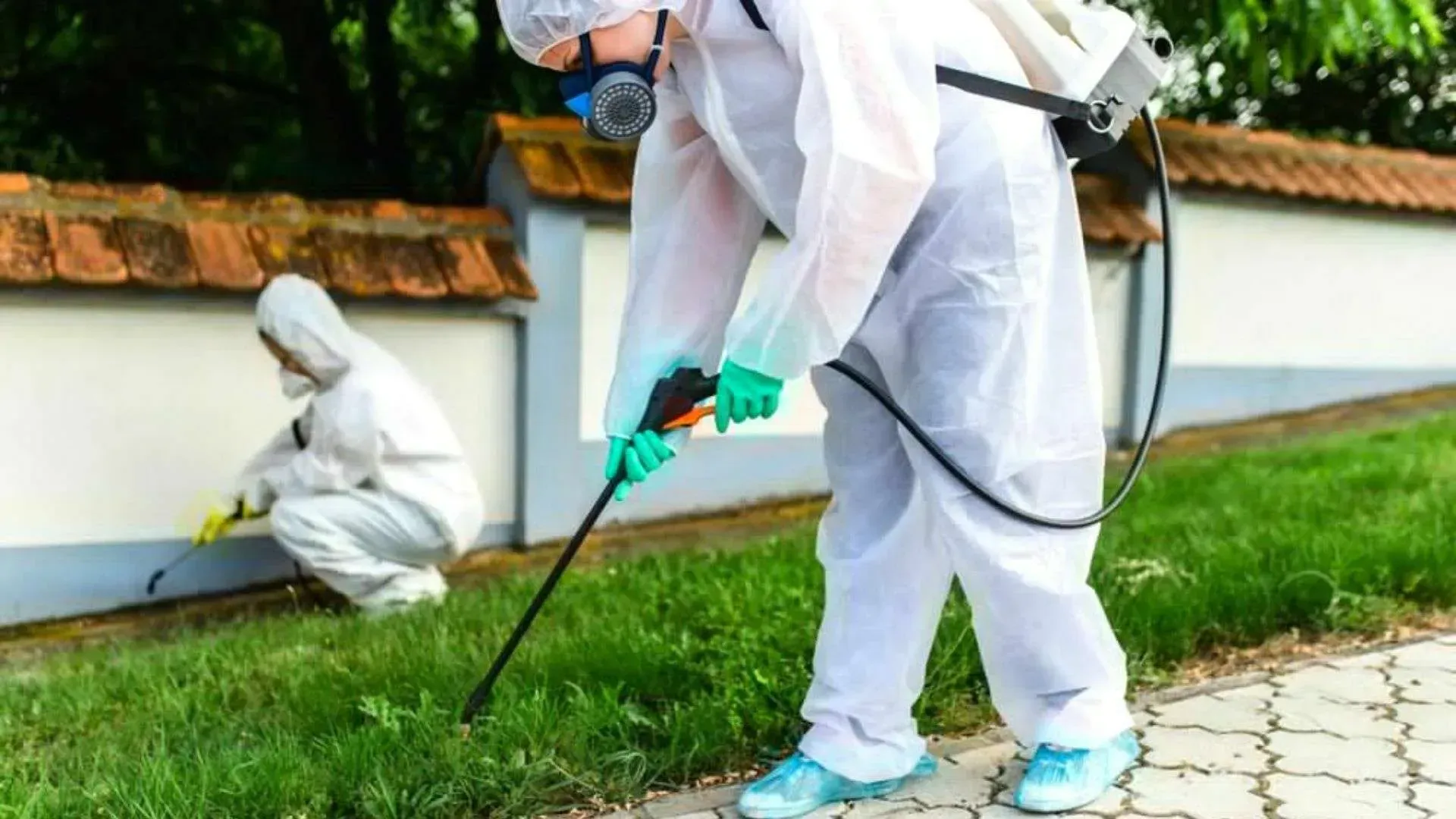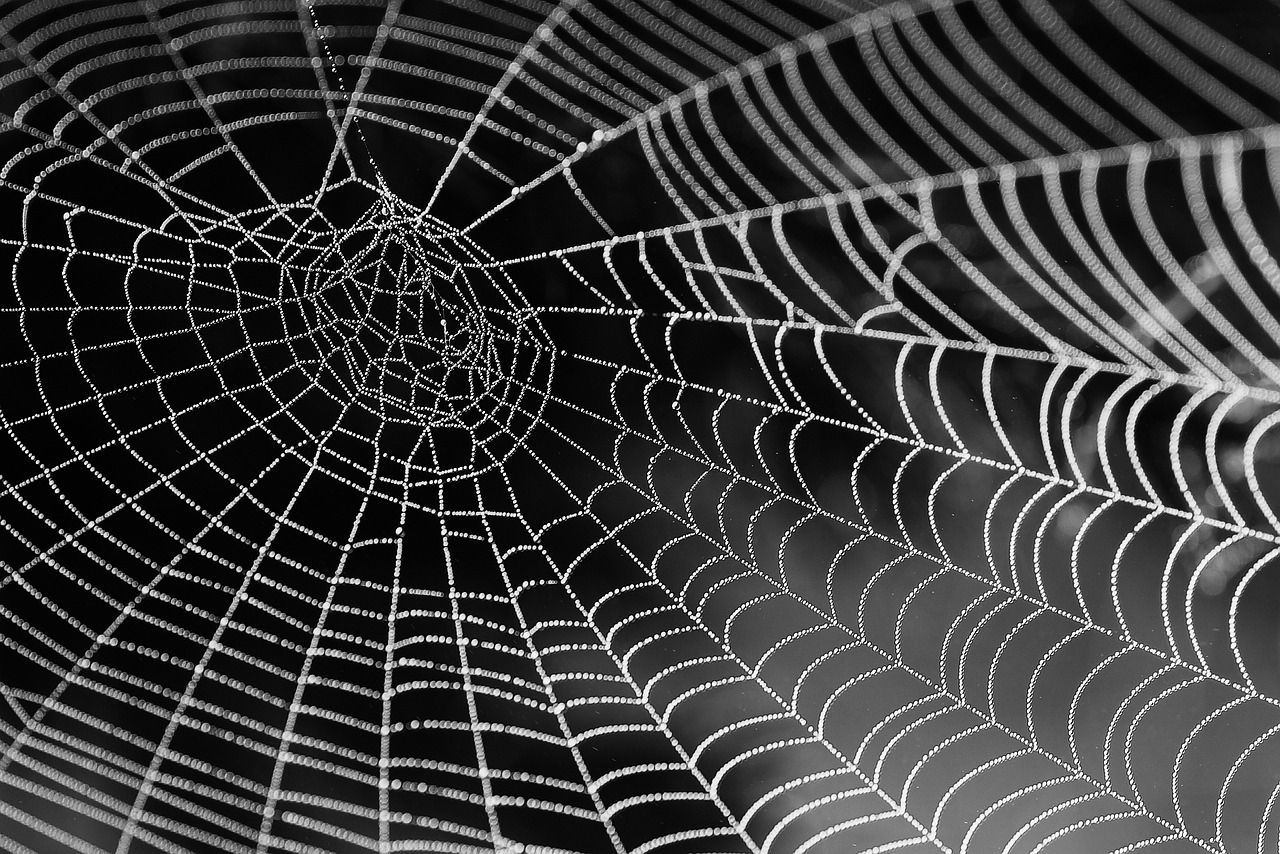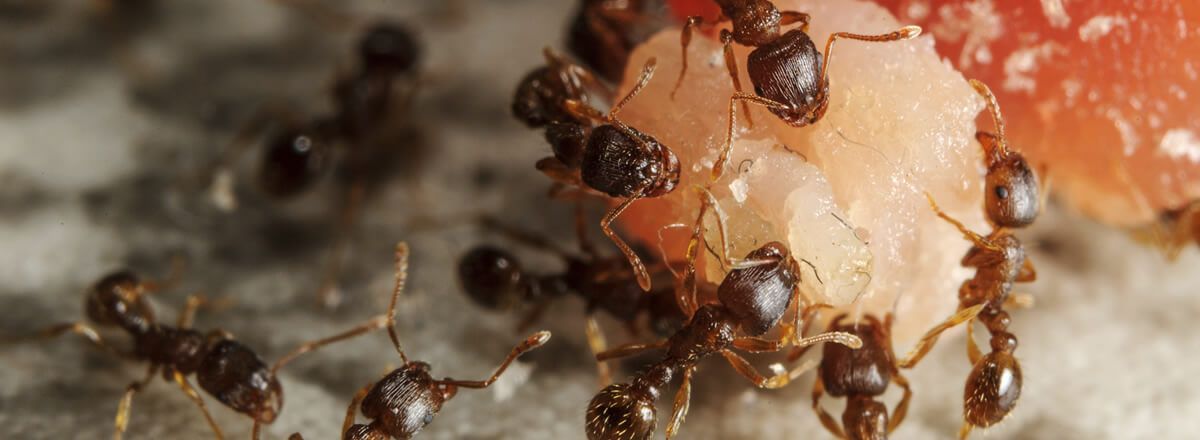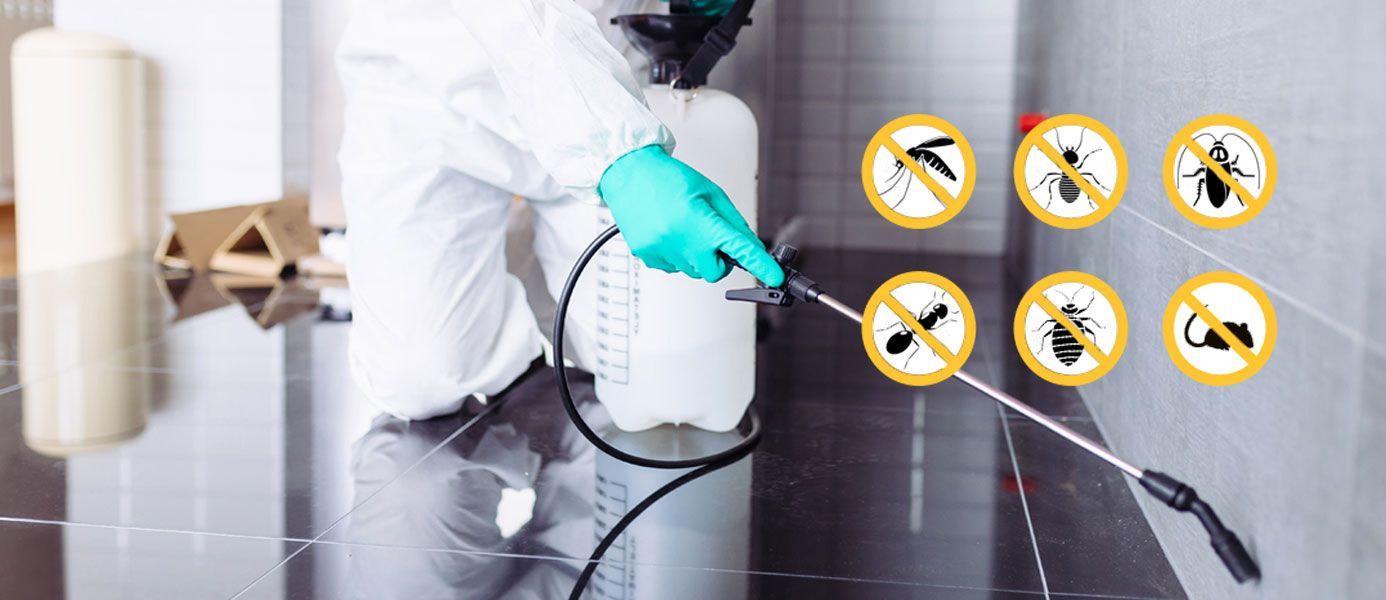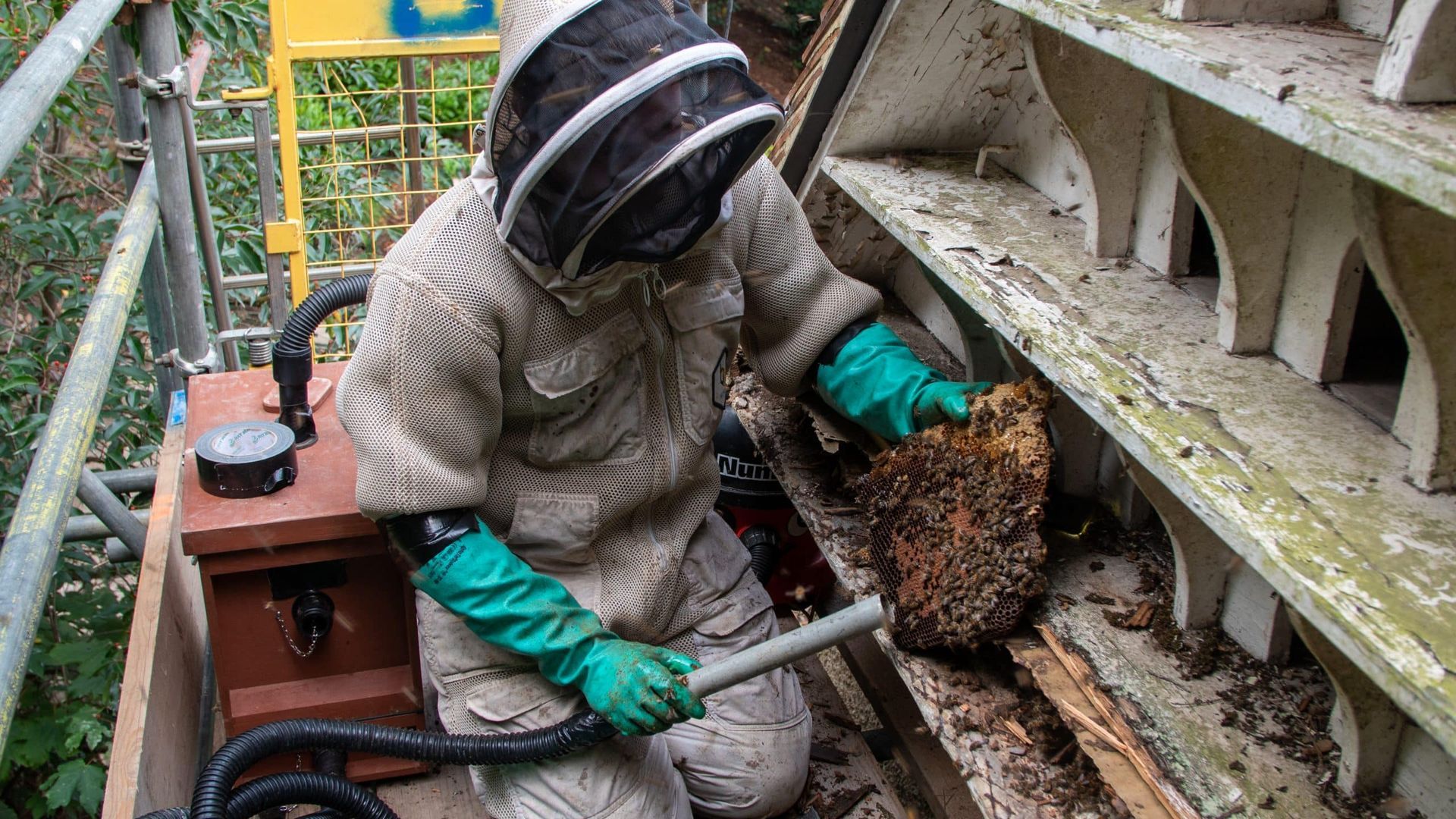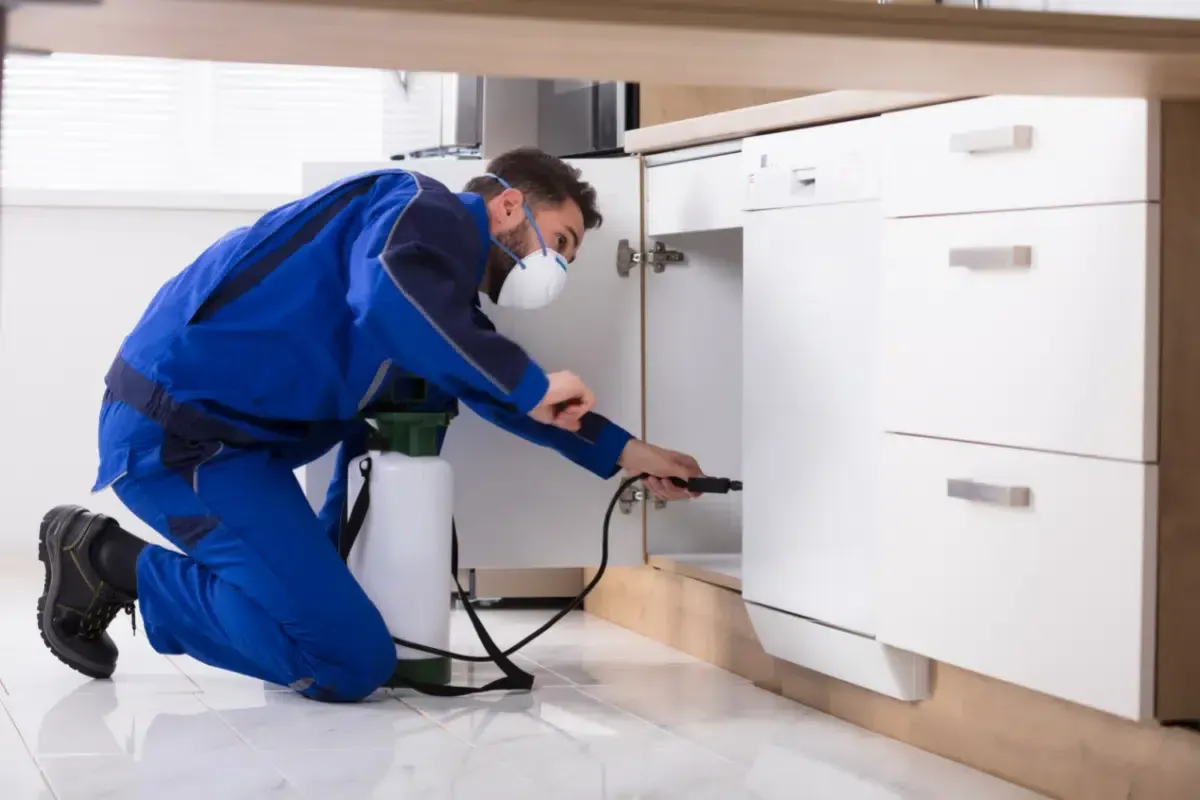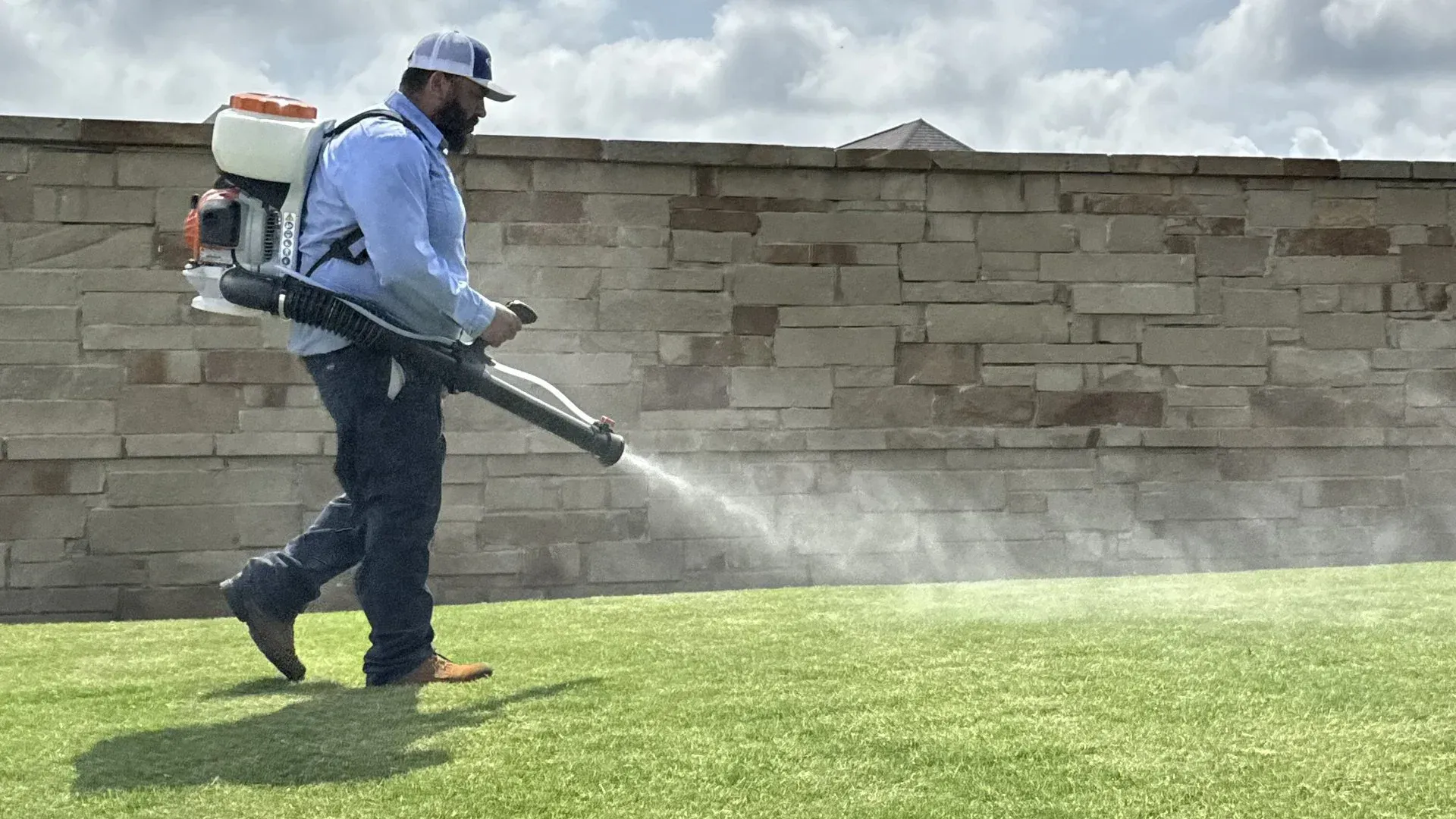NOTICE: New lawn owners
Jon Ipema • February 12, 2023
Caring for a new lawn.

You’ve done it, finally obtained the house of your dreams. Kitchen to match and that walk in closet that that you never thought possible. If the kids are lucky enough they have a swing set in the backyard and a mini picnic table that is just their size. What a beautiful way to enjoy the summer. The landscaping was finished just in time, and the front and back yards look fabulous.
Now the cold hard truth…when you opted for low maintenance; it didn’t mean no maintenance. Let’s take the lawn for example. Many houses today are sodded in the front; and seeded in the back. Little or no instruction is given outside of watering (which is often incorrect as well.
Contrary to popular belief sod is not the “one and done”, that it is made out to be. For starters, most sod is over 90% Kentucky bluegrass. Having one cultivar of grass can be detrimental as this leaves the turf vulnerable to insect pests and fungal issues. The reason most grass seeds are a mixture of types of grass is that some do better in shade, some in sun, others in wet, others in dry, and some are well suited for high traffic areas. This is just a small list of the variants. Allowing the correct cultivar to grow, eases stress and allows for nutrient uptake.
In my opinion, Kentucky bluegrass is one of the least suited grasses for our area unless used in a blend, for several reasons. Kentucky bluegrass is known to go dormant after 1 week of no precipitation/irrigation. Nitrogen (especially quick release/UREA) triggers Kentucky bluegrass into rapid thatch production. Excessive thatch increases harborage and promotes an environment for insects. This environment is also favorable for fungal disease, and encourages shallow root development. Often, the roots grow in the thatch layer which varies in temperature by about 10 degrees throughout the day. This excessive thatch layer restricts oxygen transfer to the roots, both inhibiting plant growth and drastically increasing stress levels.
The back yards are often started as seed as a cost saving measure. This is actually the preferred way to start turf as most seed is blended with ryegrass, fescues, and Kentucky bluegrass. The downside is that weeds start almost immediately without any competition. I usually recommend ignoring the weeds at first, allowing the grass to get established. Deal with the weeds after when there is less of a risk of destroying the young vulnerable grasses. The downside is the time it takes to establish the turf; and it is frequently messy and muddy. The long term results are far better and the rewards are worth it.
The majority of attention on lawns is given to fertilizer. Although it is important to feed a lawn and be sure it has all the macro-nutrients (Nitrogen, Phosphorus, and Potassium) and micro-nutrients (Iron, Manganese, Zinc, Copper, Chlorine, Molybdenum, Boron, and Nickel), other items must be accounted for or nothing will make a lawn healthy.
1. Cutting a lawn at the proper height and not removing too much of the plant in any single cutting is often neglected. This happens because most people don’t know the proper height to cut at. This varies with the type of grass that is planted. Most cool season grasses (the kinds we see in NWI) need to be maintained at 3 to 4 inches, and never remove more than 1/3 the height of the plant.
2. Proper watering is another aspect with a lot of misinformation. Turf needs 1 to 1.5 inches of water a week and deep waterings are far better than more frequent shallow waterings. This equates to about thirty minutes of watering 2 times a week.
3. The last and I believe the most important maintenance you can do to turf is aeration. Most advice given suggest 1 time a year is adequate. I believe 2 times a year should be minimum. Once in the spring and the second in late summer early fall. The reason is that aeration is performed to decompact soil and maintain the thatch layer. After all the summer cuttings and traffic the soil most definitely needs decompaction, especially before winter when the grass plant (although, seemingly dormant) uses energy to expand root growth. In the spring, the turf has spent the entire winter expanding root growth and the soil has supported snow and cold weather.
Most installers don’t advise clients on what needs turf has when they install. If sod is installed (which is not bad by any means), over seeding is a pertinent step in assuring you have and keep a beautiful looking lawn for years to come. Even if a lawn was seeded over seeding is always beneficial as better cultivars are always available. Over seeding is a process of adding other cultivars of grass to a lawn, insuring a blend of grasses. Which type of grasses are used depends on many factors, we are here to help.
We are local, we support our community, and we are here for you!! The Green Advantage.
